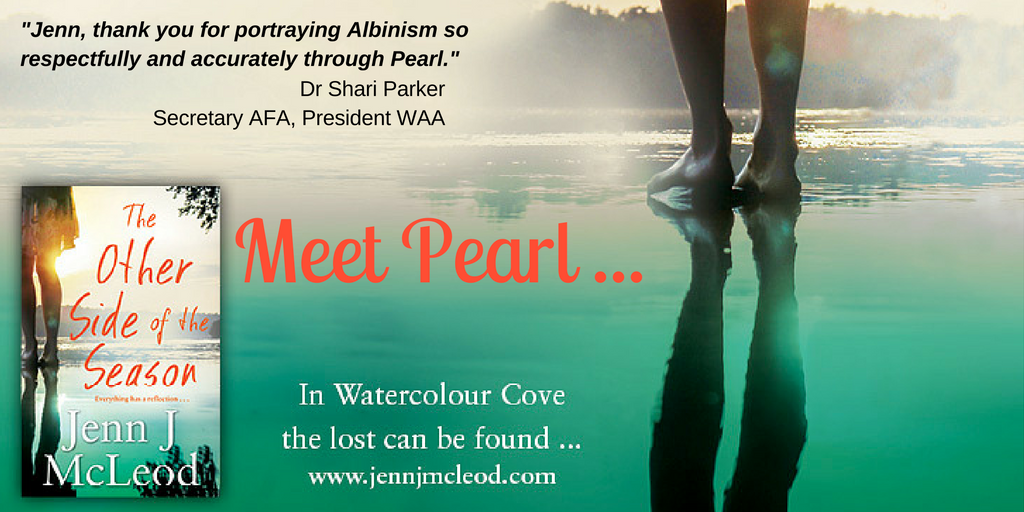
I apologise for letting 2017 slip by without a book, but I was forced into taking a break. Not only did I need to refill the creative well, I had to remind myself why I do this writing thing. Of course it’s because I have stories to get out of my head, but I’ve realised over the last six months that I also do it for the connection writing brings me.
YOU – the emails, the social media comments, the happy hour conversations about books and publishing in camp kitchens.
To keep the books coming, I had to work out the best way forward for me and in doing so I discovered four things:
- I have some of the loveliest readers and a generous writer community behind me. Please, keep sharing the love and recommending my books to your friends because…
- Publishing is not about words, it is about numbers. The success of a book has little to do with how hard the author works, or how powerful their prose and plotlines. A book needs a team of people behind it who are equally as passionate, and that includes word of mouth by happy readers.
- The thought of no longer being Jenn J McLeod, Author, left me confused and depressed. (I don’t remember who I was before I decided to become a writer ten years ago or who I might end up being without it – and that’s a bit scary.)
- Most important of all . . . if I want more readers to be reading my stories, including those living outside Australia (and NZ) I needed to make it happen for myself, which meant being brave, believing in myself, taking back some control and making the hard decisions.
Then something magical happened and I am abuzz with this exciting new chapter in the Jenn J McLeod Author journey.
I so look forward to next year when the UK’s Independent Publisher of the Year, Head of Zeus, will publish my beautiful book with a beautiful cover and distribute it throughout the United Kingdom, Australia, New Zealand, and worldwide. Alleluia!
In fact, the adventure has already begun. Even before the final contracts were signed, I was having editorial discussions and fine-tuning the structure of BOOK #5. That’s how excited my new editor is about this book—a story that is incredibly special to me for reasons I will explain in the coming months. The yet-to-be-titled release holds a place in my heart because it proves some friendships are meant to be.
Did I mention my new editor is excited?
Well, blow me over with a feather, so am I because my new editor is none other than Rosie de Courcy—Rosie who in 1976 read a ‘little’ unpublished manuscript titled ‘The Thorn Birds‘ (later acquiring the UK rights for Futura publishing house in 1977). And if that did not have me blinded with self-doubt and disbelief that she would be interested in my story, the next bit of editor trivia did. Rosie was long time editor for another author you ‘may’ have heard of . . . Maeve Binchy!
Why am I telling you this?
Because The Thorn Birds connection is crucial to the story about how my novel first came to Rosie’s attention. You see, I had a dream and . . . (taking into account Items 1- 4 listed above and with thanks to Tess Woods for kicking my arse into gear and telling me to just bloody go for what I want) I followed that dream.
And that makes this Chinese proverb, which first came to my notice in a card, given to me by a special lady on the release of my debut novel (House for all Seasons), still relevant today.

I can’t wait to share more. So thank you for being on the journey with me and if you have fiction loving friends in the UK, it’s not too early to let them know. Maybe pass this email on or let them know about my website. I hope to be bringing a lot more fabulous UK authors to my new blog series, too: Author Portraits.













